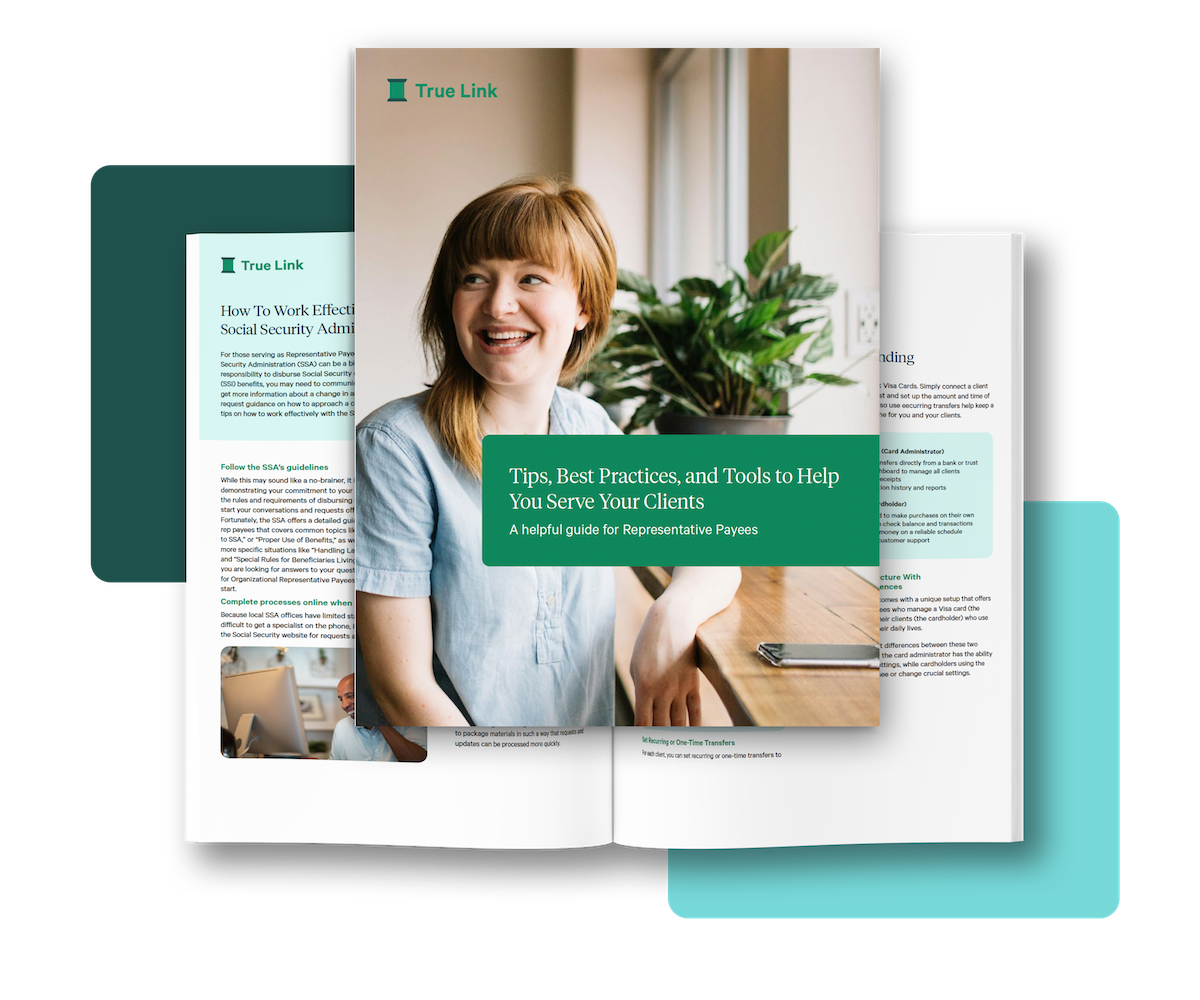Managing Allowance and Financial Education in Divorced or Separated Families
Around 30% of children under 18 live with parents who are divorced or separated. While co-parenting comes with its unique set of challenges, ensuring consistency in your child’s financial education and money management is key.
Without coordination, problems can quickly arise. For example, one parent might be giving an allowance with no strings attached, while the other ties it to chores, causing confusion and mixed messages. Inconsistent rules can lead to overspending if a child exploits different expectations in each household or even resentment if they perceive unfairness among parents. Additionally, lack of communication can result in duplicated efforts, with both parents unintentionally covering the same expenses or, conversely, important financial responsibilities being overlooked and the child left trying to manage their parents to get their expenses paid and needs met.
Here are some strategies to effectively handle allowances, set rules around money management, and provide a solid financial foundation for your child.
Coordinating Allowances Between Households
1. Decide on a Shared or Separate System: Some parents opt to split the allowance responsibilities, with each contributing a portion. Others might decide one parent handles the allowance while the other covers specific expenses like extracurricular activities. Choose what works best for your situation, but ensure your child understands the arrangement to avoid misunderstandings.
2. Establish Consistent Allowance Rules: Consistency is crucial when it comes to financial lessons. Work together to agree on the allowance amount, frequency, and expectations, so your child receives a clear and unified message. Without clear communication between the parents, you risk each undermining the other one’s financial-education goals. Examples: one parent bails out their child while the other is trying to teach budgeting, one parent pays an expense that the other one wanted to include in a budget, one parent focuses on completion of the chores while one focuses on paying them each week, one parent is paying for grades while the other is encouraging self-motivation and so on.
3. Communicate Openly About Financial Goals: Discuss long-term financial goals for your child’s savings and spending habits. Are you saving for a larger purchase together? Do you want to encourage more charitable giving? Keeping these conversations ongoing ensures both parents are aligned in their financial teachings.
Teaching Money Management Across Two Homes
1. Use Digital Tools for Tracking: Apps like Greenlight, FamZoo, Cozi, or True Link each have a different focus, but you can use tools like these to allow both parents to monitor spending, set savings goals, assign chores, and check off household responsibilities from separate locations. These tools provide transparency and make it easy to maintain consistent financial oversight, even when children move between households.
2. Implement Clear Spending Guidelines: Agree on what the allowance can be used for whether it’s personal items, outings with friends, or saving for big-ticket items. Having shared rules helps reinforce responsible spending and ensures your child isn’t getting mixed messages from each household.
3. Encourage Financial Independence: As children grow older, gradually give them more control over their money. Let them make decisions, and mistakes, while both parents provide guidance and support. This builds financial confidence and independence, essential skills for adulthood.
Final Thoughts
Navigating allowance and financial education in divorced or separated families requires communication, consistency, and the right tools. By aligning your goals, using digital resources, and maintaining open dialogue, you can ensure your child develops strong financial habits that will serve them well into adulthood.











